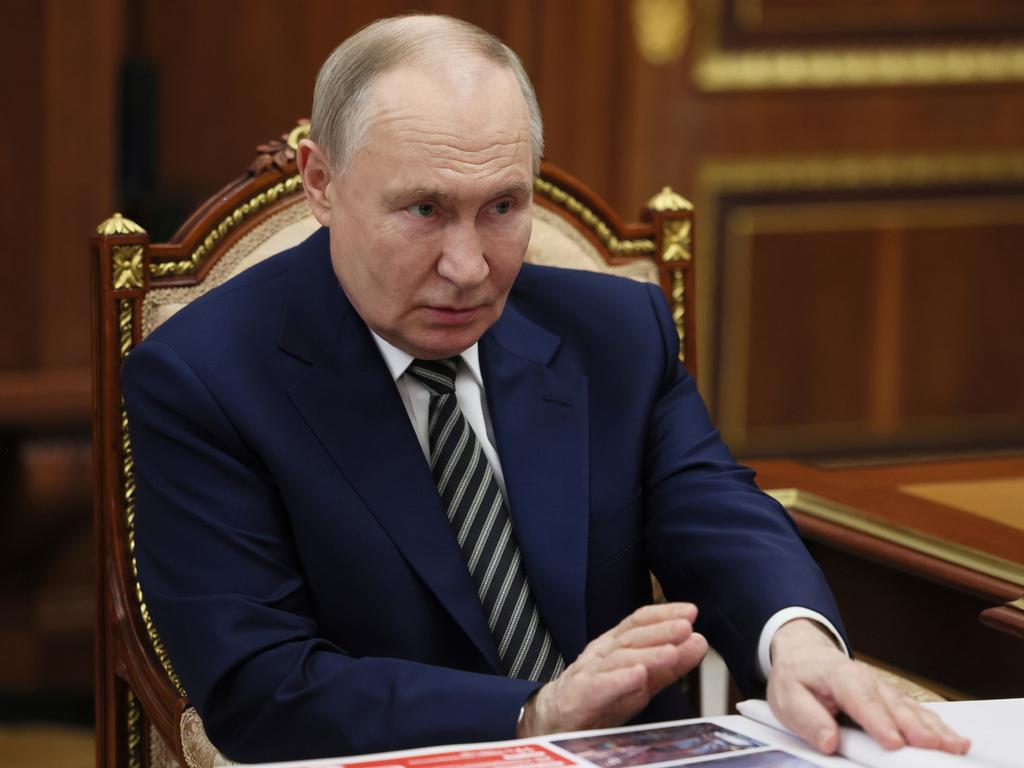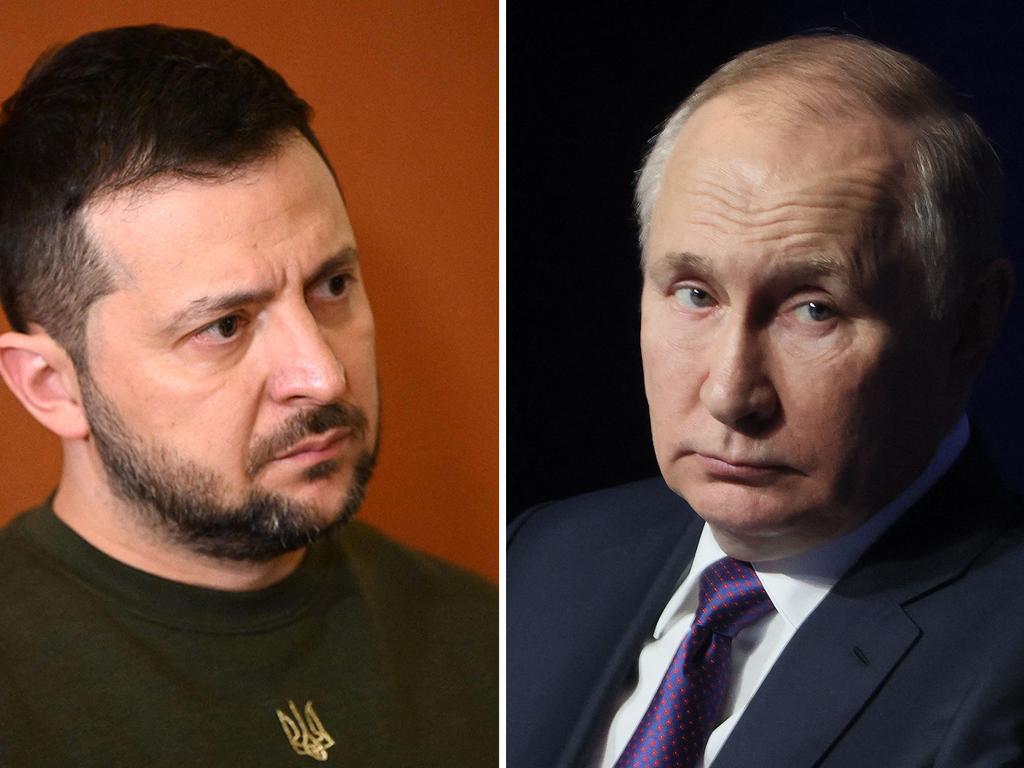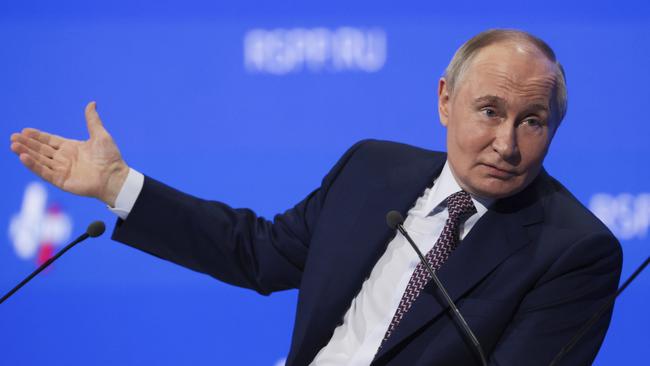
Peace in Ukraine remains as elusive as ever after Vladimir Putin rejected an immediate ceasefire and promised only incremental steps towards the peace that Donald Trump is so eager to achieve.
Trump, for now, has given Putin the benefit of the doubt that he is not being ‘played’ by the Russian, but there was nothing in their long phone conversation which suggested that Putin is committed to ending the war quickly.
Instead, Russia’s dictator has tacked on extra demands, most notably he said a “key condition” in negotiations for peace was “the complete cessation of foreign military aid and the provision of intelligence information to Kyiv”.
In other words, Putin was asking that when the guns fall silent that the Ukrainian army be left in its current exhausted state, leaving it potentially vulnerable to future Russian attack. This position would almost certainly be a non-starter for Ukraine, its European allies or for the US, suggesting that there are still huge mountains to climb to achieve a workable peace deal.
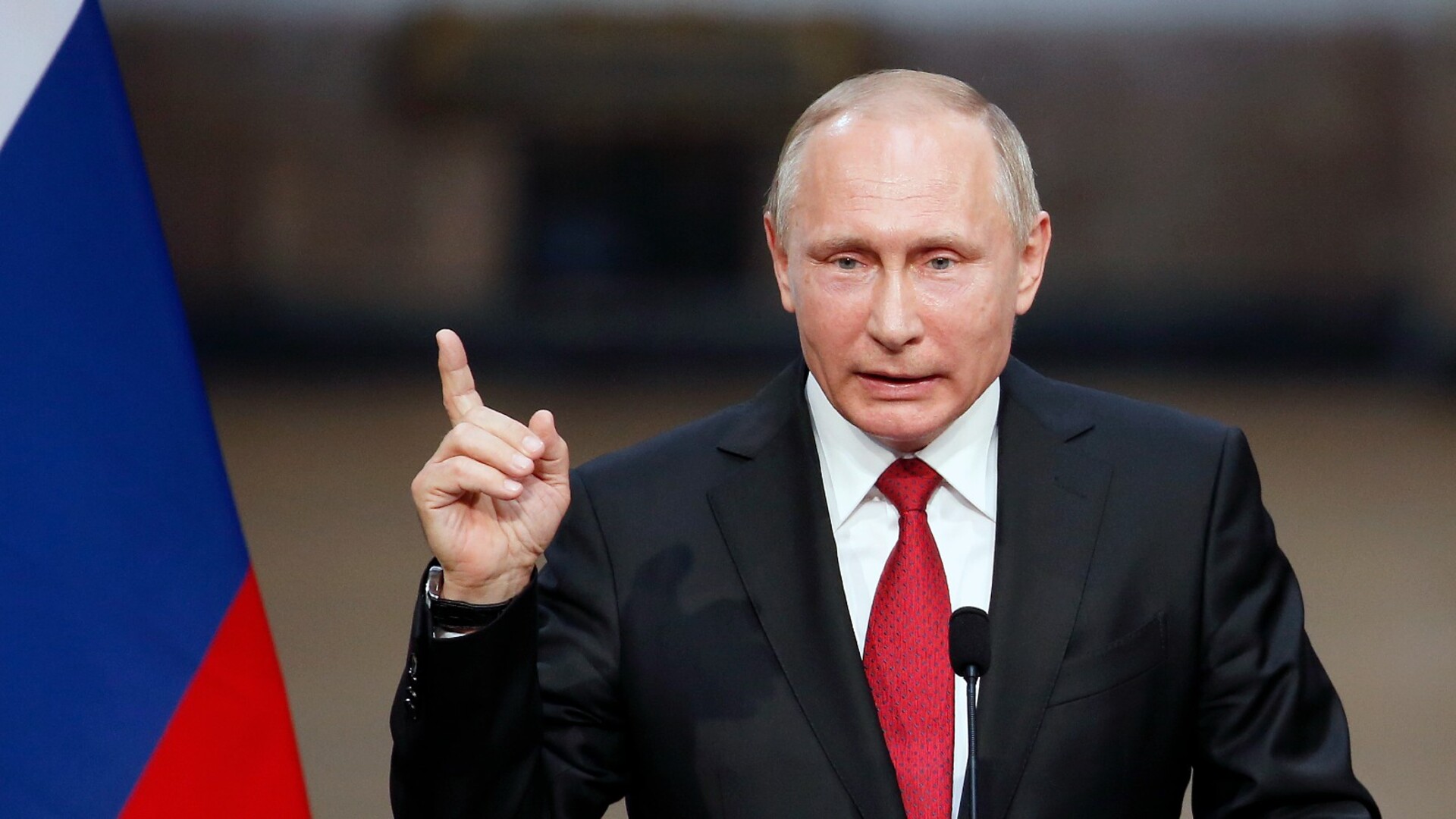
In the end, Putin gave Trump far less than he wanted – a 30-day halt to attacks on energy infrastructure – a move which benefits both countries but falls far short of the sweeping 30-day US-brokered ceasefire proposal agreed to by Ukraine.
Putin kept Trump engaged by agreeing to open negotiations over a “maritime ceasefire in the Black Sea”, before opening talks on a full ceasefire and permanent peace.
Yet the impression left by the slightly different versions of the phone call issued by Trump and by the Kremlin, suggest that Putin is sleepwalking towards peace and trying to use negotiations to bide time at a moment when his forces are making slow advances on the battlefield.
The readout from the phone calls left two key questions unanswered. The first was what discussions there were on territorial settlements and whether the carve up of territory would occur along the current frontline or would it involve something more complex and difficult?
The second – and more challenging unanswered question – was what security guarantees were discussed for Ukraine as a part of any ceasefire and permanent peace deal?
Russian officials have dismissed the proposal by European nations for European troops to be stationed as peacekeepers in Ukraine to safeguard against Russian aggression in the future.
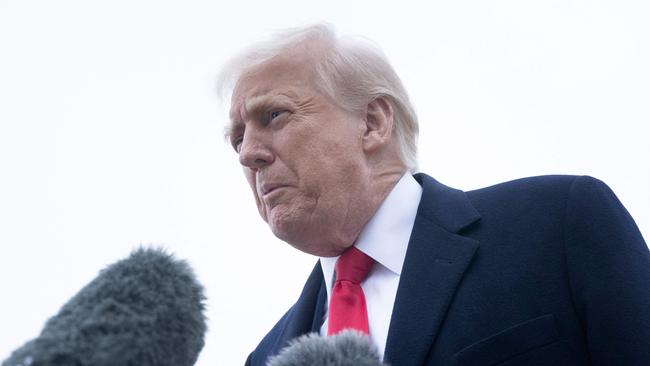
Given that Trump has ruled out NATO membership for Ukraine or the deployment of US troops there, a modest deployment of European troops in Ukraine would seem to be the minimum viable security guarantee for Kyiv even if it is far from foolproof. But if Putin were to reject the deployment of peacekeepers, it is hard to see how Ukraine could agree.
Trump’s dilemma now is how far to push Putin. Trump seems to care much less about providing security guarantees to Ukraine than he does about achieving a ceasefire. The concern is that in his eagerness to secure peace, Trump gives concessions to Putin which only ensure an uneven peace deal, leaving Ukraine vulnerable to future Russian aggression.
Putin is so far employing the classic Russian tactic of ‘talk and delay’ without providing any meaningful concessions. Trump remains an optimist publicly and claims that the two men made progress towards peace. But is it not clear from the publicly released parts of their discussions what that progress was beyond a brief halt to attacks on energy and a promise to talk more down the track.
Yet after investing so much in bludgeoning Ukraine to the negotiating table, Trump will lose face if Putin keeps stringing him along like this.
Trump has already offered Putin carrots which Putin does not deserve – the normalisation of relations with the US and the promise to bring Russia in from the cold internationally – if Putin agrees to peace.
Yet Putin has only so much time to play with before Trump loses patience with him. Sooner rather than later, the Russian will need to let Trump know if he is willing to offer workable concessions or not. There was nothing in this phone call to indicate that Putin wants peace on any other terms but his own.


